Redoubt Volcano, Alaska (USA) during a continuous, low-level eruption of steam and ash on December 18, 1989.
Courtesy of USGS
Volcanic Ash
Ash is formed as a volcano erupts when rocks made by the volcano blow apart into millions of tiny pieces. The rocks are still very hot, because they just formed from lava. If the hot rocks come into contact with something cold, like ice or water, they can blow apart.
Falling ash can sometimes cause more damage than flowing lava because ash can travel very far in the air. After a few days, or as much as a couple of years, the ash falls out of the sky onto the ground.
Last modified April 19, 2010 by Lisa Gardiner.
You might also be interested in:
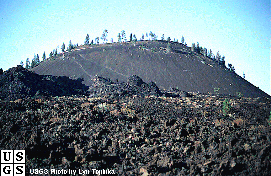
Cinder cones are simple volcanoes which have a cone shape and are not very big. Compare the size of this volcano to the strato-volcano in this image. They are usually made of piles of lava, not ash. During
...more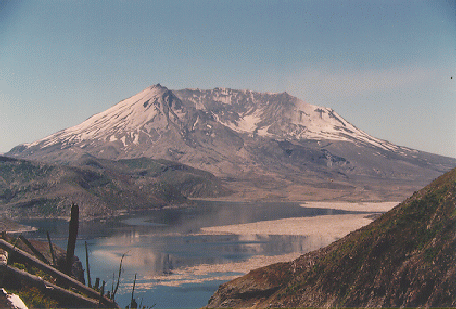
Mount St. Helens, a volcano on the west coast of the United States, has been quiet for 18 years. But in the last week it has not been quiet at all! It has been puffing steam and ash and a flow of lava
...more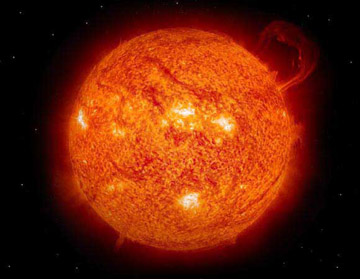
The Sun Climate can change if there is a change in the amount of solar energy that gets to Earth. A change in the solar cycle can impact climate. The effect is too small to be the reason that global warming
...more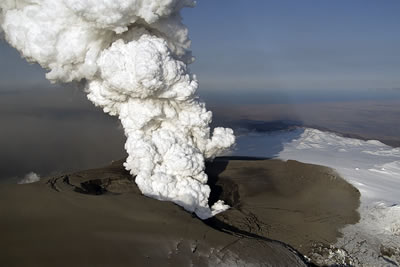
In the spring of 2010, the eruption of a volcano called Eyjafjallajökull in Iceland cancelled many flights in Europe. Eyjafjallajökull is a glaciovolcano, which means it's a volcano that is covered by
...more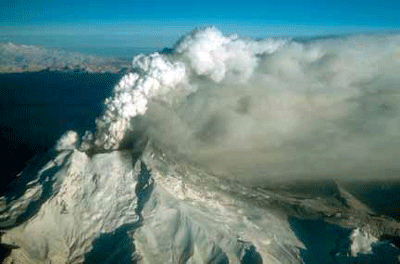
Ash is formed as a volcano erupts when rocks made by the volcano blow apart into millions of tiny pieces. The rocks are still very hot, because they just formed from lava. If the hot rocks come into contact
...more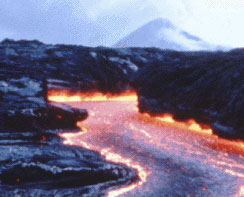
Lava can move in two ways, wide flat lava flows, or through channels which squeeze the lava into a small area. The fastest lava flows move at about 6 mi/hr, an easy jog, but they average between 2/3 and
...more
Plates at our planet’s surface move because heat in the Earth’s core causes molten rock in the mantle layer to flow. We used to think the Earth’s plates just surfed on top of the moving mantle, but now
...more














